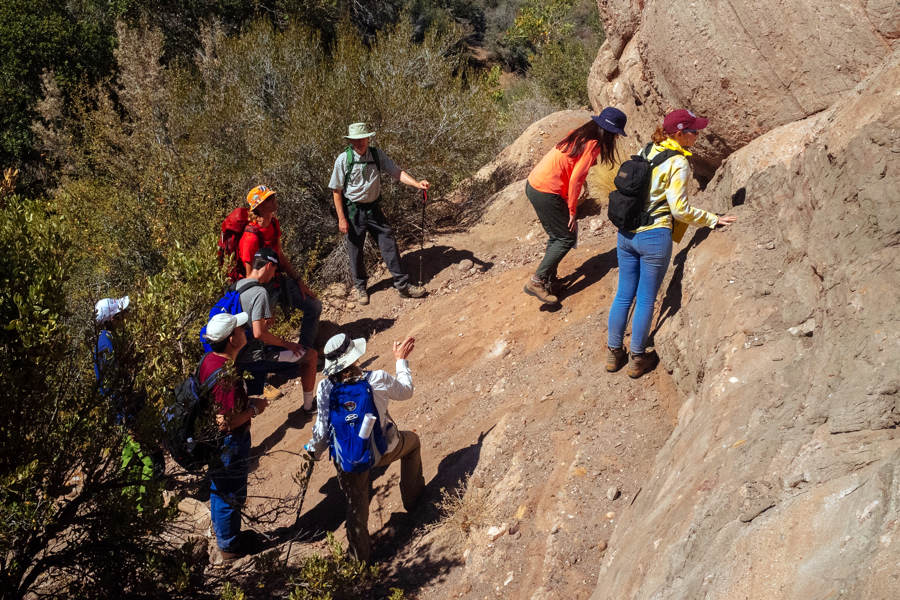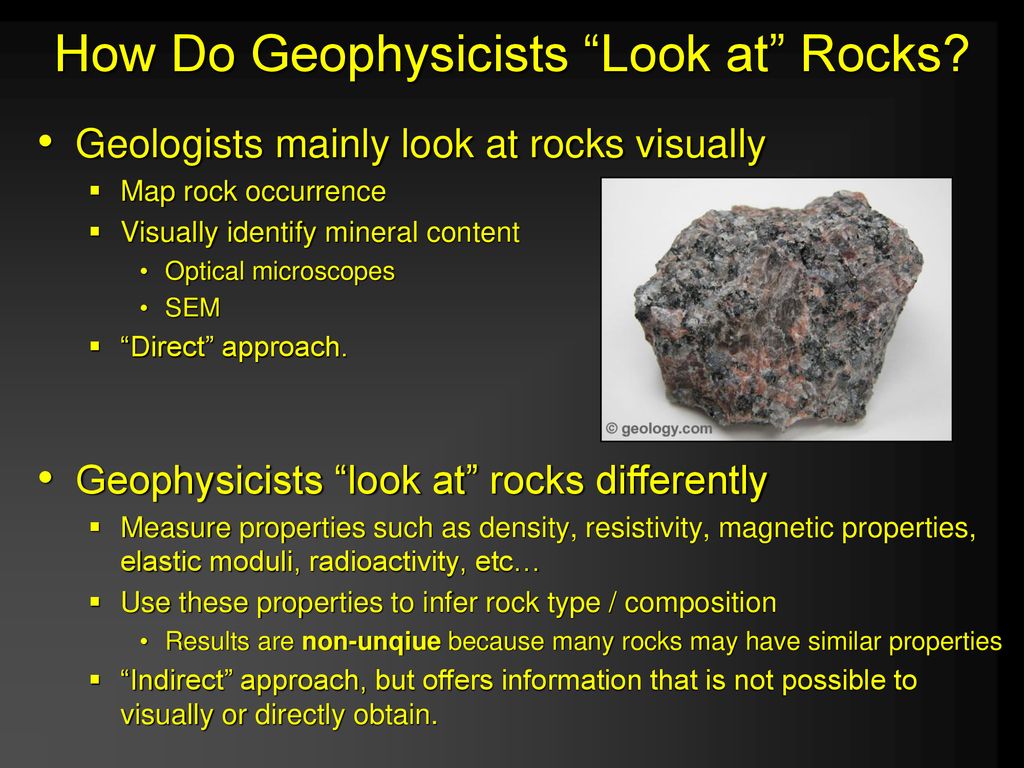All Categories
Featured
Table of Contents
Geophysics in Hamilton Hill WA 2021

(PREM)., and the borders between layers of the mantle are consistent with phase shifts.

This makes plate tectonics possible. Schematic of Earth's magnetosphere. The solar wind Flows from left to. If a world's magnetic field is strong enough, its interaction with the solar wind forms a magnetosphere. Early space probes drawn up the gross dimensions of the Earth's electromagnetic field, which extends about 10 Earth radii towards the Sun.
Inside the magnetosphere, there are relatively thick areas of solar wind particles called the Van Allen radiation belts. Geophysical measurements are typically at a particular time and location. Accurate measurements of position, in addition to earth contortion and gravity, are the province of geodesy. While geodesy and geophysics are different fields, the two are so closely linked that many clinical organizations such as the American Geophysical Union, the Canadian Geophysical Union and the International Union of Geodesy and Geophysics encompass both.
How To Become A Geologist Or Geophysicist in Heathridge Western Australia 2022
A three-dimensional position is determined utilizing messages from four or more visible satellites and referred to the 1980 Geodetic Reference System. An option, optical astronomy, integrates huge coordinates and the regional gravity vector to get geodetic collaborates. This technique just provides the position in 2 coordinates and is more hard to utilize than GPS.
Gravity measurements ended up being part of geodesy since they were required to related measurements at the surface area of the Earth to the recommendation coordinate system.
Satellites in space have actually made it possible to gather information from not just the noticeable light region, but in other areas of the electromagnetic spectrum. The planets can be defined by their force fields: gravity and their electromagnetic fields, which are studied through geophysics and area physics. Determining the modifications in velocity experienced by spacecraft as they orbit has allowed great details of the gravity fields of the planets to be mapped.
Geophysicist Careers in Wembley Downs Western Australia 2020

Considering that geophysics is concerned with the shape of the Earth, and by extension the mapping of functions around and in the world, geophysical measurements include high accuracy GPS measurements. When the geophysical measurements have actually been processed and inverted, the analyzed outcomes are outlined utilizing GIS.
Lots of geophysics business have created internal geophysics programs that pre-date Arc, GIS and Geo, Soft in order to meet the visualization requirements of a geophysical dataset. Exploration geophysics is used geophysics that often utilizes remote picking up platforms such as; satellites, aircraft, ships, boats, rovers, drones, borehole picking up devices, and seismic receivers.
For example, aeromagnetic information (aircraft collected magnetic information) gathered using conventional fixed-wing airplane platforms need to be remedied for electro-magnetic eddy currents that are created as the aircraft moves through Earth's electromagnetic field. There are likewise corrections related to changes in measured prospective field strength as the Earth rotates, as the Earth orbits the Sun, and as the moon orbits the Earth.
Geology Careers: Degree Requirements, Cost & Salary in Lynwood WA 2020
Signal processing involves the correction of time-series information for unwanted noise or errors introduced by the measurement platform, such as aircraft vibrations in gravity data. It also involves the reduction of sources of sound, such as diurnal corrections in magnetic data., meteorology, and physics.
The magnetic compass existed in China back as far as the fourth century BC. It was not until good steel needles might be created that compasses were utilized for navigation at sea; before that, they might not retain their magnetism long enough to be beneficial.
By looking at which of eight toads had the ball, one might identify the instructions of the earthquake. It was 1571 years prior to the first style for a seismoscope was released in Europe, by Jean de la Hautefeuille. It was never ever developed. Among the publications that marked the start of contemporary science was William Gilbert's (1600 ), a report of a series of precise experiments in magnetism.
What Is Geophysics? in South Fremantle Oz 2020
In 1687 Isaac Newton published his, which not only laid the structures for classical mechanics and gravitation however also explained a variety of geophysical phenomena such as the tides and the precession of the equinox. The first seismometer, an instrument efficient in keeping a continuous record of seismic activity, was constructed by James Forbes in 1844. Dietmar; Sdrolias, Maria; Gaina, Carmen; Roest, Walter R. (April 2008). "Age, spreading out rates, and spreading out asymmetry of the world's ocean crust". Geochemistry, Geophysics, Geosystems. 9 (4 ): Q04006. Bibcode:2008 GGG ... 9. 4006M. doi:10. 1029/2007GC001743. S2CID 15960331. "Earth's Inconstant Electromagnetic field". science@nasa. National Aeronautics and Area Administration. 29 December 2003. Obtained 13 November 2018.
Runcorn, S.K, (editor-in-chief), 1967, International dictionary of geophysics:. Pergamon, Oxford, 2 volumes, 1,728 pp., 730 fig Geophysics, 1970, Encyclopaedia Britannica, Vol. Intro to seismology (Second ed.).
Table of Contents
Latest Posts
How To Become A Geophysicist in Tuart Hill Western Australia 2020
What Do Geoscientists And Hydrologists Do? in Oakford WA 2023
Recent Advances In Optimized Geophysical Survey Design in Mindarie Australia 2021
More
Latest Posts
How To Become A Geophysicist in Tuart Hill Western Australia 2020
What Do Geoscientists And Hydrologists Do? in Oakford WA 2023
Recent Advances In Optimized Geophysical Survey Design in Mindarie Australia 2021